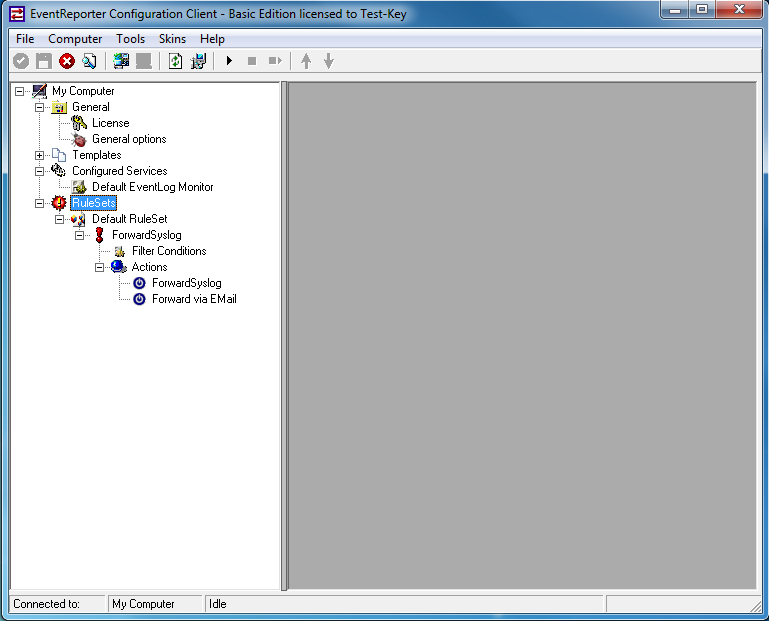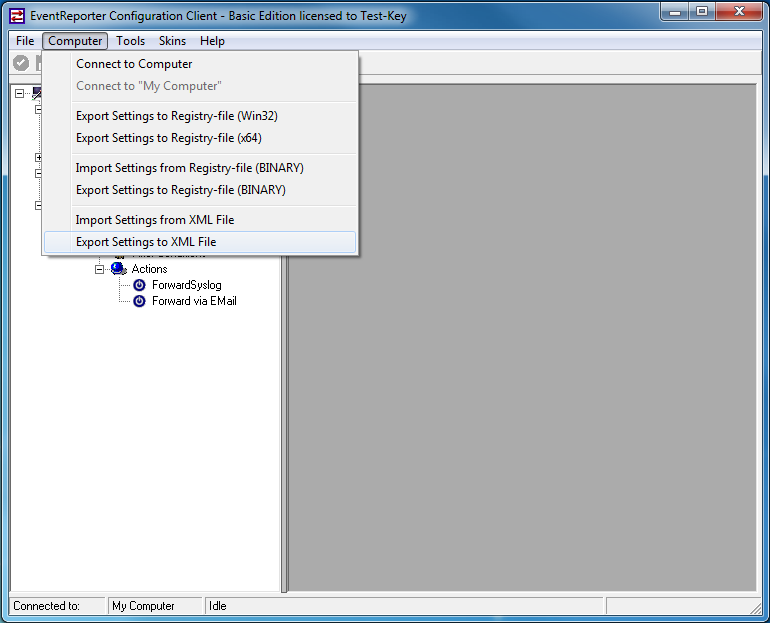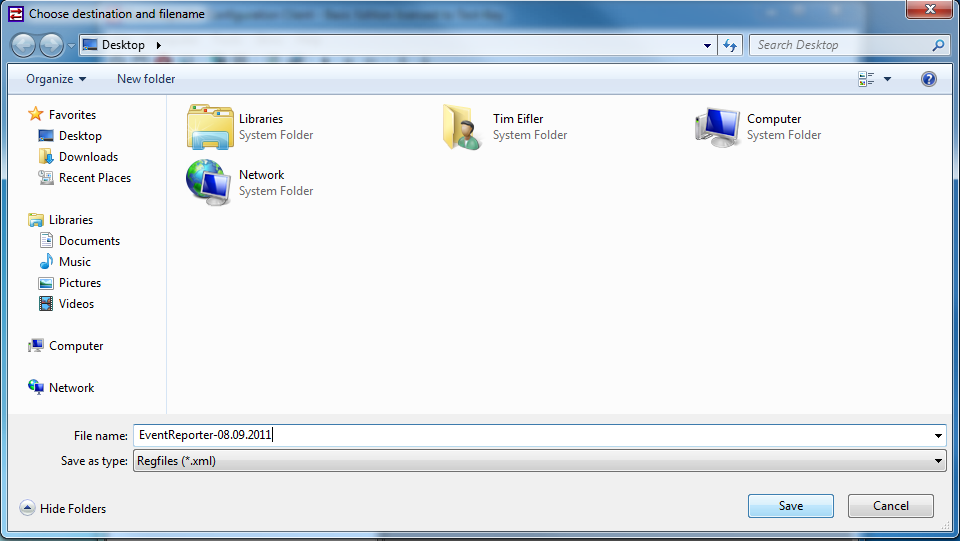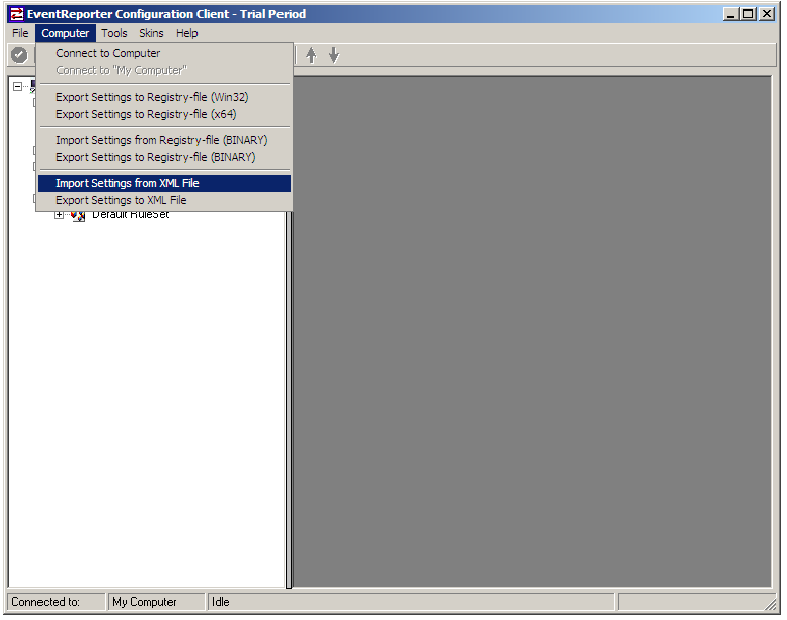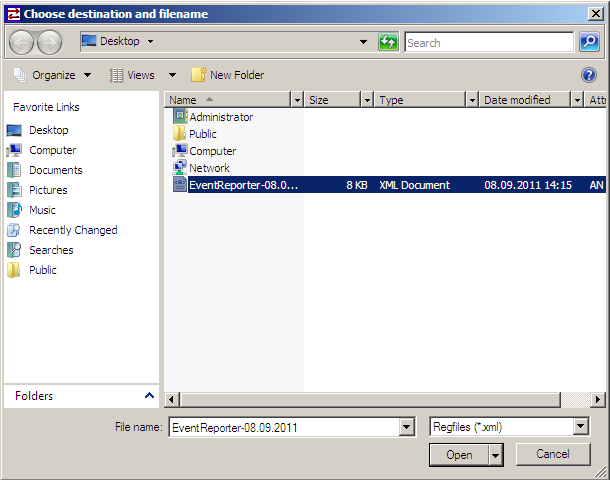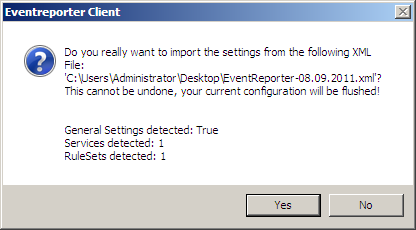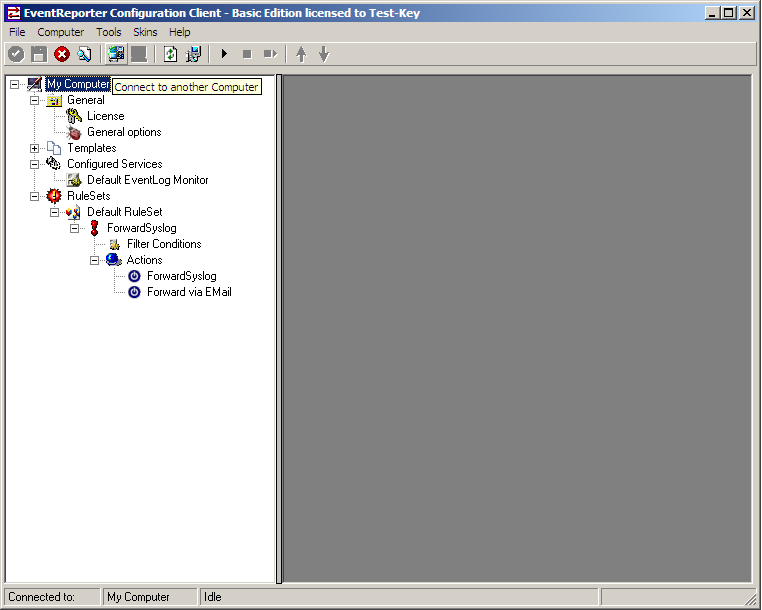Adiscon is proud to announce the 11.1 release of MonitorWare Agent.
MonitorWare Agent is now able to reload it’s configuration automatically if enabled (Which is done by the configuration client automatically on first start). It is not necessary to restart the service manually anymore.
Also there have been significant enhancements in the SNMP Trap Receiver handling SNMPv1 and new compressed output format.
Performance enhancing options have been added into EventLog Monitor V1 and V2 and in File Monitor to delay writing the last record/fileposition back to disk. This can incease performance on machines with a very high eventlog or file load.
Detailed information can be found in the version history.
Version 11.1 is a free download. Customers with existing 10.x keys can contact our Sales department for upgrade prices. If you have a valid Upgrade Insurance ID, you can request a free new key by sending your Upgrade Insurance ID to sales@adiscon.com. Please note that the download enables the free 30-day trial version if used without a key – so you can right now go ahead and evaluate it.
